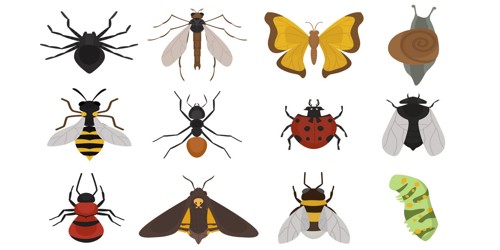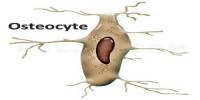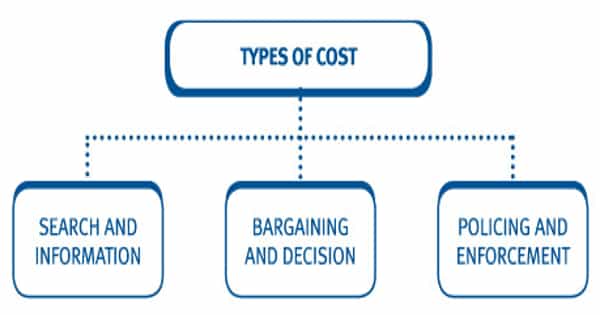Horizontal gene transfer (HGT) is the transfer of genetic material from one organism to another that is not its offspring. It is the movement of genetic material between organisms that is not accomplished through the “vertical” transmission of DNA from parent to offspring (reproduction). Unlike vertical gene transfer, which occurs from parent to offspring, horizontal gene transfer involves the exchange of genetic material between organisms that are not related. HGT is an important factor in the evolution of many organisms.
Horizontal gene transfer is the primary mechanism for the spread of antibiotic resistance in bacteria, and it is critical in the evolution of bacteria that can degrade novel compounds such as pesticides created by humans, as well as in the evolution, maintenance, and transmission of virulence. HGT is influencing scientific understanding of higher-order evolution while shifting perspectives on bacterial evolution more significantly. Temperate bacteriophages and plasmids are frequently involved.
There are several mechanisms by which horizontal gene transfer can occur:
- Transformation: Bacteria can take up extracellular DNA from their surroundings during transformation. Other bacteria may release this DNA upon cell death or through other means. This foreign DNA may then be incorporated into the recipient bacteria’s genome.
- Conjugation: Conjugation is the transfer of genetic material from bacteria to bacteria via direct cell-to-cell contact. A donor bacterium connects with a recipient bacterium, which often has a plasmid (a small, circular piece of DNA), and genetic material is transferred from the donor to the recipient.
- Transduction: A bacteriophage (a virus that infects bacteria) transfers genetic material from one bacterium to another during transduction. The bacteriophage may package bacterial DNA instead of its own genetic material during a viral infection. When the bacteriophage infects another bacterium, it transfers this bacterial DNA into the new host.
- Gene Transfer Agents (GTAs): Some bacteria use specialized particles called gene transfer agents to transfer genetic material. These particles are small, virus-like entities that carry fragments of bacterial DNA and transfer them to other bacteria.
Antibiotic resistance genes in one species of bacteria can be transferred to another species of bacteria via various HGT mechanisms such as transformation, transduction, and conjugation, arming the antibiotic-resistant genes’ recipient against antibiotics. The rapid spread of antibiotic-resistant genes in this manner is proving difficult to manage in the medical field. Environmental factors may also play a role in the evolution of antibiotic resistance genes.
Importance
Horizontal gene transfer is a common evolutionary process that distributes genes between divergent prokaryotic lineages and can also involve eukaryotes. It is hypothesized that HGT promotes the preservation of universal life biochemistry and, as a result, the universality of the genetic code.
Horizontal gene transfer is important in the evolution of prokaryotes (bacteria and archaea) because it allows beneficial traits, such as antibiotic resistance or metabolic capabilities, to spread quickly among different lineages. It can also happen in more complex organisms, but it is less common and usually involves specific relationships, such as those between parasites and their hosts.
















